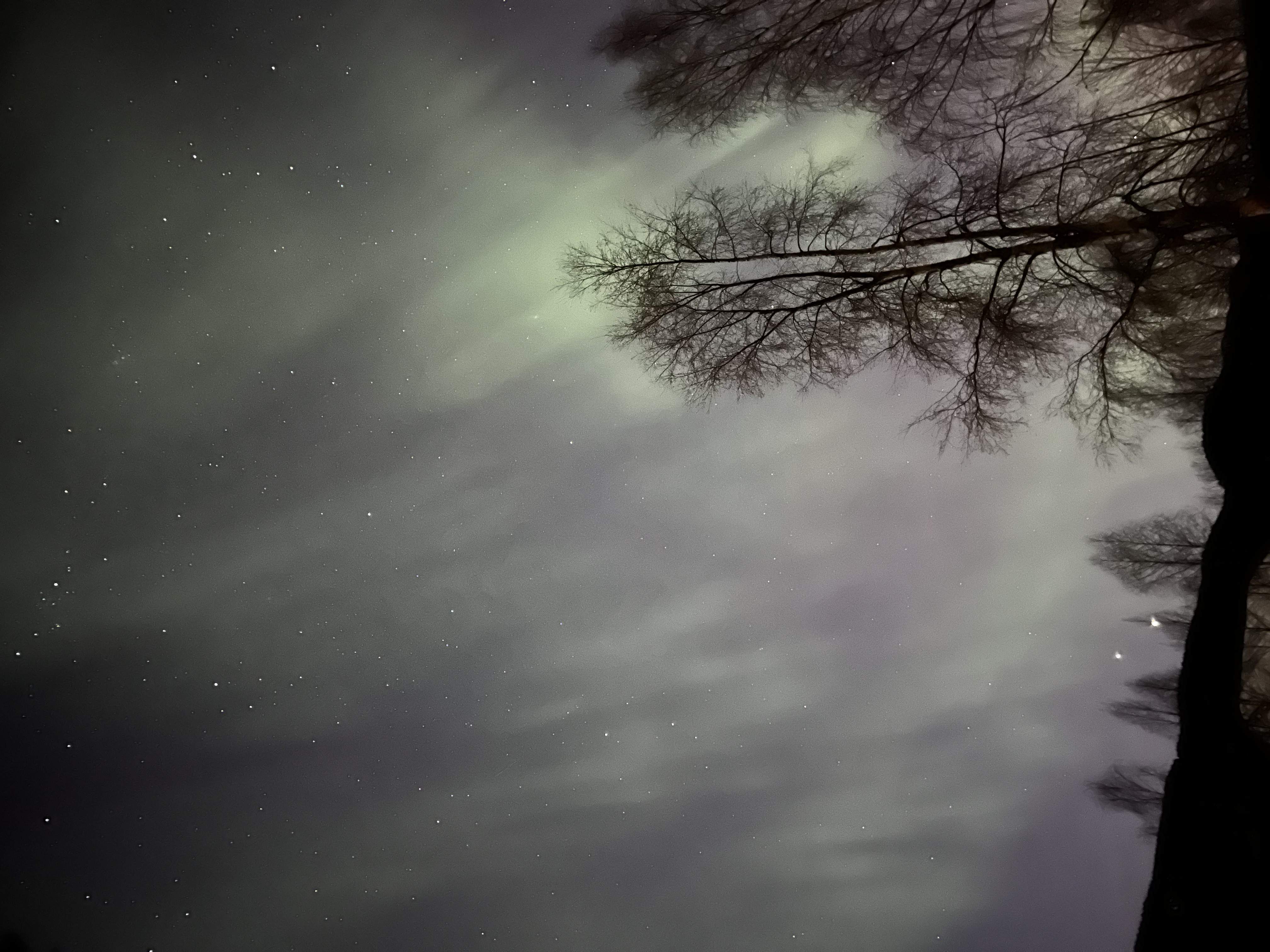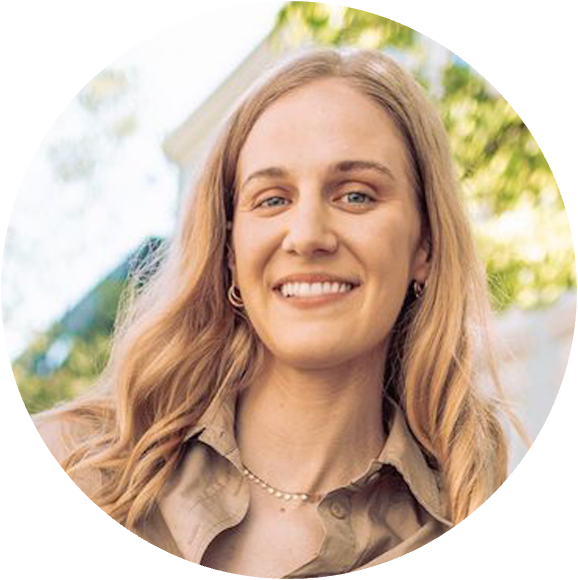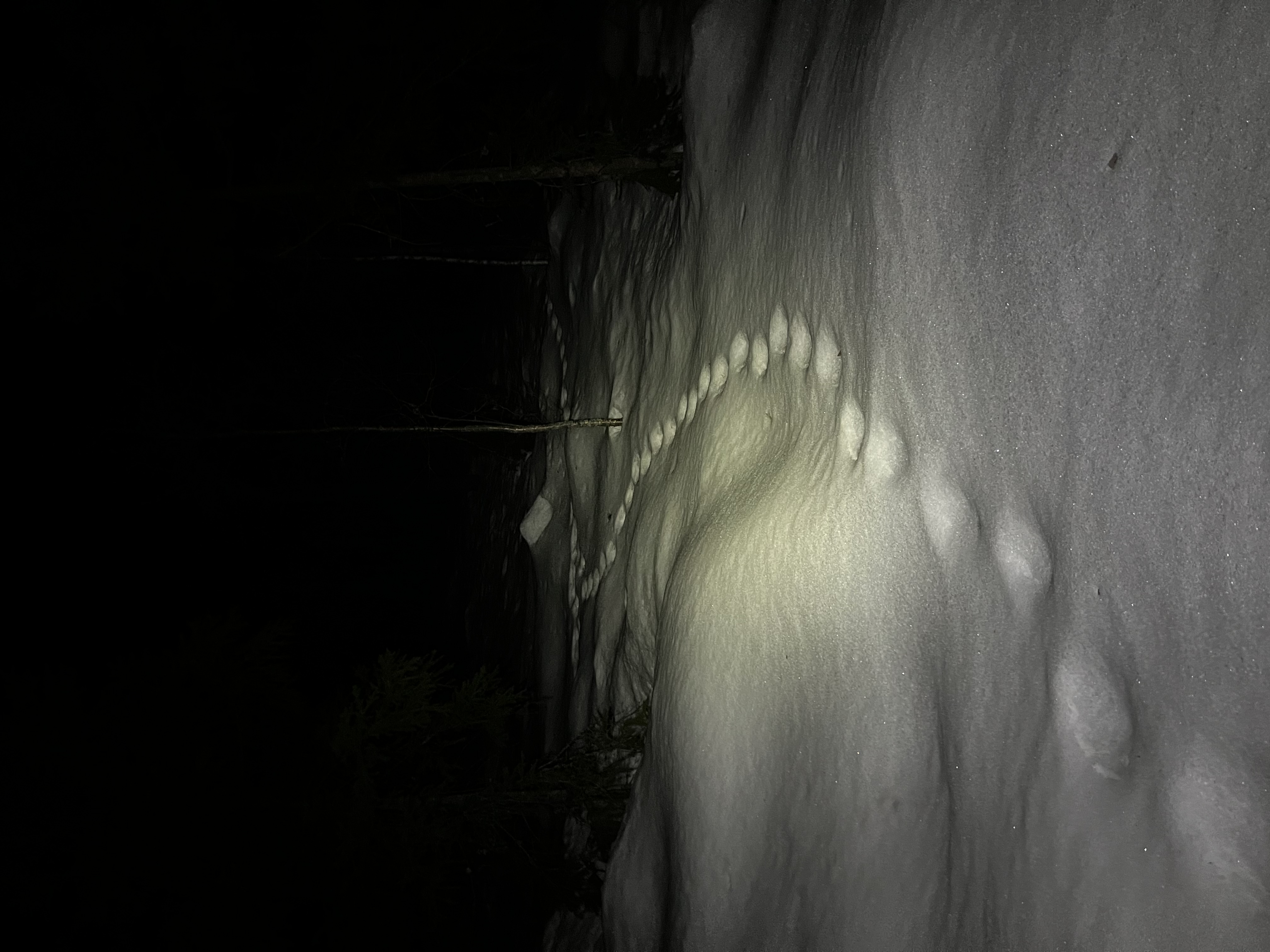
Evaluating camera traps as ground-based remote sensing networks linking snow and wildlife
Optical satellite instruments provide large-scale observations of snow cover,
but cloud cover and dense forest canopy can reduce accuracy in mapping snow cover.
Remote camera networks deployed for wildlife monitoring operate below cloud cover and in forests,
representing a virtually untapped source of snow cover observations to supplement satellite observations.
Using images from 1181 wildlife cameras deployed by the Norwegian Institute for Nature Research (NINA),
we compared snow cover extracted from camera images to Moderate Resolution Imaging Spectroradiometer (MODIS)
snow cover products during winter months of 2018–2020.
Paper in Remote Sensing of Environment
Press release for paper
Analysis tutorial
Norway's public news station (NRK) feature



